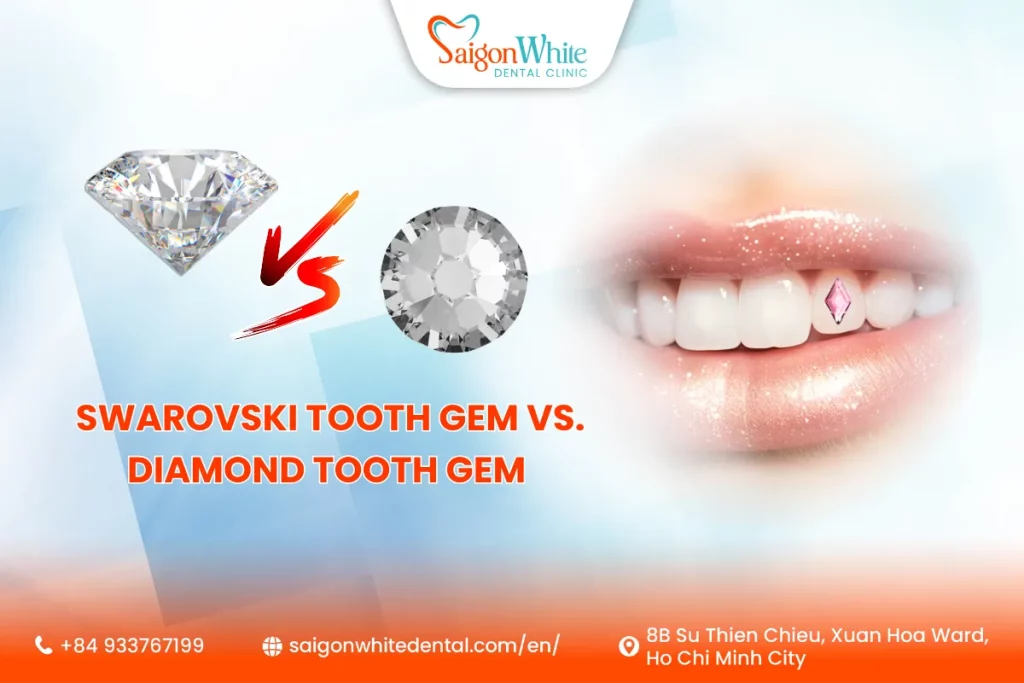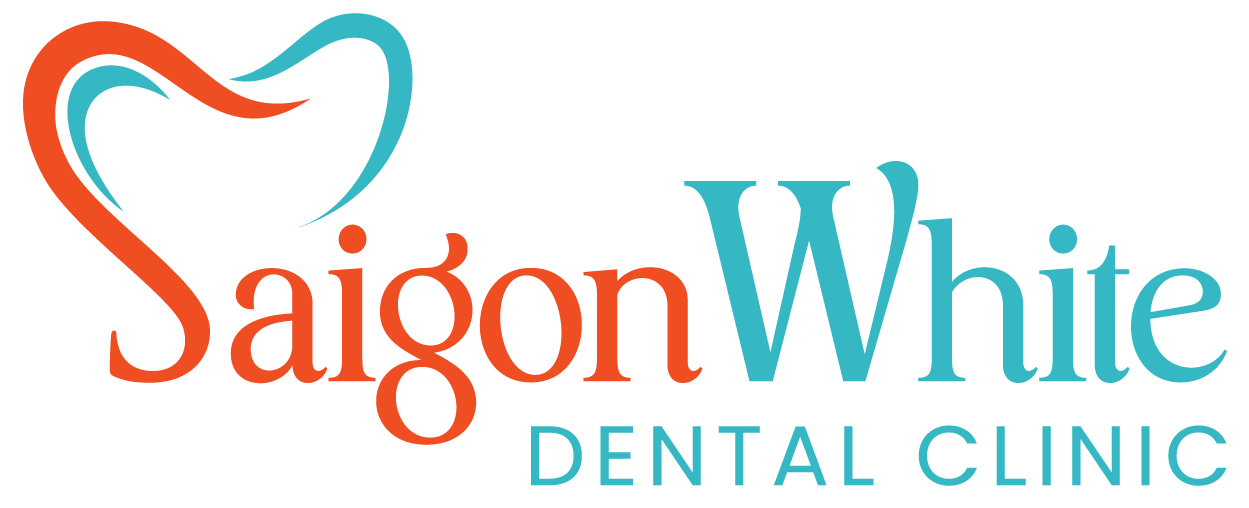Cosmetic dentistry is constantly evolving, offering more than just whitening, braces, or veneers. In recent years, tooth gems—tiny decorations attached to the surface of teeth—have become a bold fashion statement. From sparkling Swarovski crystals to luxurious diamonds, dental jewelry allows people to showcase personality, style, and even social status.
However, many people wonder: Should I choose a Swarovski tooth gem or a diamond tooth gem? The answer often comes down to price, durability, and personal preference.

This guide provides a detailed price comparison while highlighting the key differences, benefits, and drawbacks of Swarovski versus diamond tooth gems, helping you decide which option best suits your lifestyle.
What Are Swarovski Tooth Gems?
Swarovski is a globally recognized brand known for high-quality, precision-cut crystals. A Swarovski tooth gem is a small crystal, usually made of lead glass with brilliant cuts, bonded to the tooth with dental adhesive.
Why They Are Popular
- Affordable Luxury: Swarovski crystals mimic the sparkle of diamonds but at a fraction of the cost.
- Fashion Versatility: They come in multiple colors, shapes, and sizes, offering creative customization.
- Temporary Trend: Perfect for individuals who want a stylish upgrade without long-term commitment.
Swarovski tooth gems are often chosen by students, young professionals, or anyone looking for a trendy, budget-friendly dental accessory.
What Are Diamond Tooth Gems?
Diamond tooth gems are the premium choice in dental jewelry. These gems use authentic, natural diamonds—often small but genuine—that are bonded to the tooth with professional dental-grade adhesive.
Key Characteristics
- Symbol of Luxury: Diamonds are associated with elegance, wealth, and status.
- Durability: Known as the hardest natural substance, diamonds resist scratches and last for years.
- Natural Brilliance: Unlike synthetic crystals, diamonds reflect light in unique ways, producing exceptional sparkle and fire.
Diamond tooth gems are commonly selected by celebrities, influencers, and individuals seeking exclusivity and long-lasting value.
Key Differences Between Swarovski and Diamond Tooth Gems
| Feature | Swarovski Tooth Gem | Diamond Tooth Gem |
|---|---|---|
| Material | Precision-cut lead glass crystal | Natural diamond, authentic gemstone |
| Durability | Moderate – can scratch or fade over time | Very high – nearly scratch-proof |
| Shine | Brilliant but artificial sparkle | Natural brilliance with fire and depth |
| Symbolism | Trendy, affordable fashion | Prestige, luxury, and long-term value |
| Popularity | Worn by younger crowds, fashion-forward | Favored by celebrities and luxury seekers |
This distinction explains why Swarovski gems are considered entry-level while diamonds remain the ultimate luxury choice in dental jewelry.
Price Comparison: Swarovski vs. Diamond Tooth Gems
One of the biggest deciding factors is cost. Let’s break it down:
- Swarovski Tooth Gem Cost:
- Typically ranges from $30 to $150 depending on clinic, design, and location.
- Affordable for most budgets, often less expensive than a single professional teeth-whitening session.
- Diamond Tooth Gem Cost:
- Starts around $200 for very small diamonds, but can easily reach $2,000+ for higher-carat stones.
- The cost is influenced by diamond clarity, cut, carat weight, and brand prestige.
Average Price Comparison by Region
- United States & Canada:
- Swarovski: $60–$150
- Diamond: $300–$2,500
- United Kingdom & Europe:
- Swarovski: $50–$120
- Diamond: $250–$2,000
- Australia:
- Swarovski: $70–$150
- Diamond: $300–$2,200
- Asia (Vietnam, Thailand, Korea):
- Swarovski: $30–$80
- Diamond: $200–$1,200
👉 As seen, Swarovski gems are consistently affordable worldwide, while diamonds reflect significant regional price differences and luxury positioning.
Factors That Influence the Price
- Type and Quality of Gem
- Genuine diamonds always command higher prices due to rarity and authenticity.
- Swarovski crystals, while branded and high-quality, are still synthetic, keeping costs low.
- Clinic Reputation
- Luxury dental studios or celebrity-focused clinics often add a premium fee.
- Local beauty studios may charge less for Swarovski gems.
- Application Method
- Professional dental application costs more but ensures safety and longevity.
- DIY kits exist for Swarovski gems, but are risky for dental health.
- Design Complexity
- A single Swarovski gem is cheap, while multiple gems or gold accents increase the price.
- Diamond gems with custom designs (hearts, initials, patterns) cost considerably more.
- Geographic Location
- Countries with higher labor costs naturally charge more.
- Asia, especially Vietnam and Thailand, is popular for affordable tooth gem services.
Pros and Cons of Swarovski Tooth Gems
Pros
- Budget-Friendly: Accessible for most people.
- Fashion-Oriented: Wide variety of colors and styles.
- Low Commitment: Easy to remove or replace when trends change.
Cons
- Less Durable: Can scratch or dull over time.
- Lower Symbolic Value: Seen as fashion jewelry rather than luxury.
- Shorter Lifespan: Usually lasts 6–12 months with proper care.
Pros and Cons of Diamond Tooth Gems
Pros
- Unmatched Durability: Lasts for years without losing brilliance.
- Symbol of Prestige: Associated with luxury and exclusivity.
- Timeless Appeal: Diamonds never go out of style.
Cons
- High Cost: Not affordable for everyone.
- Higher Risk: Losing a diamond gem means losing a valuable stone.
- Less Flexibility: Because of cost, people are less likely to experiment with styles.
Which One Should You Choose?
Your choice depends on budget, lifestyle, and personal goals:
- Choose Swarovski Tooth Gems if:
- You’re experimenting with trends.
- You want affordable, temporary sparkle.
- You prefer changing styles frequently.
- Choose Diamond Tooth Gems if:
- You value long-term durability and luxury.
- You see the gem as a statement of status.
- You’re willing to invest significantly for quality and exclusivity.
Many people even start with Swarovski to test the look, then upgrade to diamonds later.
FAQs: Swarovski vs. Diamond Tooth Gem Cost
How long do Swarovski tooth gems last?
Usually, 6–12 months with proper care.
Are diamond tooth gems permanent?
No, they can be removed, but they last much longer than crystals.
Do both require special care?
Yes. Avoid biting hard objects and maintain good oral hygiene.
Can I switch from Swarovski to diamond later?
Absolutely. Many people upgrade once they feel comfortable with the look.
Do insurance plans cover tooth gems?
No, because they are cosmetic procedures.

 Telegram
Telegram